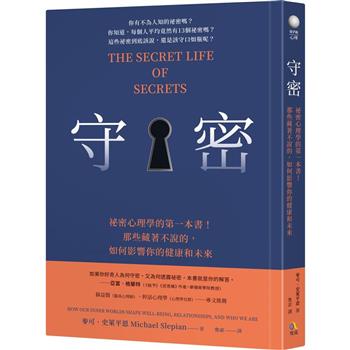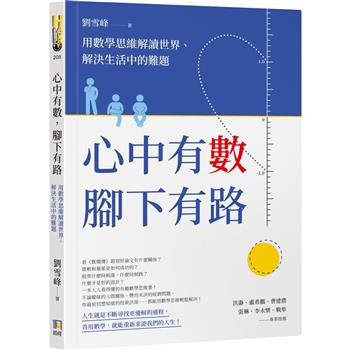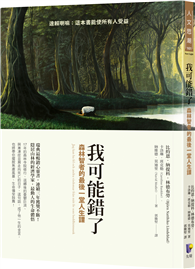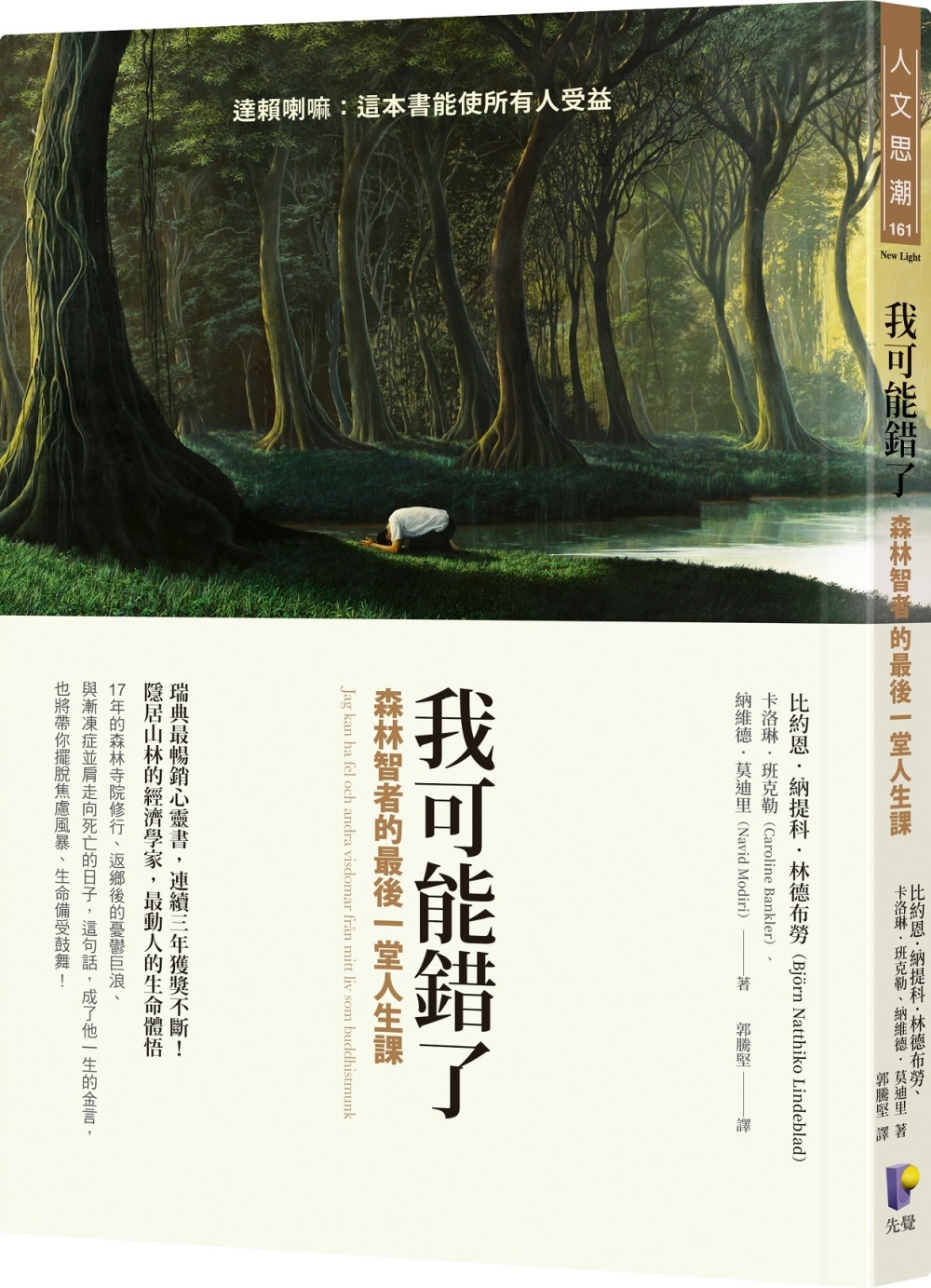This unique and up-to-date work surveys the use of mechatronics in rail vehicles, notably traction, braking, communications, data sharing, and control. The results include improved safety, comfort, and fuel efficiency.
| FindBook |
|
有 1 項符合
spiryagin的圖書 |
 |
$ 2694 | Rail Vehicle Mechatronics
作者:Spiryagin 出版社:CRC Press 出版日期:2024-10-04 語言:英文 規格:平裝 / 406頁 / 普通級/ 初版  看圖書介紹 看圖書介紹
|
|
|
內容簡介
作者簡介
Maksym Spiryagin is the Deputy Director of the Centre for Railway Engineering and a Professor of Engineering at Central Queensland University. He received his PhD in the field of Railway Transport in 2004. Professor Spiryagin’s involvement in academia and railway industry projects includes many years of research experience in locomotive design and traction, rail vehicle dynamics, contact mechanics, wear, mechatronics and the development of complex systems using various approaches. He has published four books, including ’Design and simulation of rail vehicles’ in 2014 and ’Design and simulation of heavy haul locomotives and trains’ in 2017, and he has more than two hundred other scientific publications and twenty patents as one of the inventors. Professor Spiryagin is a Chartered Professional Engineer and RPEQ in Australia and a Chartered Engineer in the UK.
Stefano Bruni is full professor at Politecnico di Milano, Department of Mechanical Engineering, where he teaches applied mechanics and dynamics. He is the leader of the "Railway Dynamics" research group, carrying out research on rail vehicles and their interaction with the infrastructure. Prof. Bruni authored over 270 scientific papers, mostly related to rail vehicle dynamics, train-track interaction, wheel/rail contact forces, damage and wear of wheels and rails, active control and condition monitoring of rail vehicles, and pantograph-catenary interaction. He is / has been lead scientist for several research projects funded by the railway industry and by the European Commission. He is Vice-President of the IAVSD, the International Association for Vehicle System Dynamics, and was chairman of the IAVSD’05 International conference held in Milano in 2005. He is Editorial Board member for some international journals in the field of Railway Engineering.
Chris Bosomworth has worked for the Centre for Railway Engineering at Central Queensland University for over 15 years, firstly on software engineering for railway applications in direct employment and then as a subcontractor as a part of Insyte Solutions Pty Ltd on various simulation, instrumentation and mechatronic projects related to train, locomotive and wagon dynamics. He has a deep expertise in high quality code writing, data acquisition, field testing, instrumentation and microprocessor-based system design and development services.
Peter Wolfs is Adjunct Professor of Electrical Engineering at CQU. He is a Fellow of Engineers Australia, a senior member of IEEE and an associate member of the Centre for Railway Engineering. His special fields of expertise include electrical power distribution, power quality and harmonics, railway traction power supply, renewable energy supply, solar and hybrid electric vehicles and intelligent systems applications in power systems and railways. He received his PhD in the area of High Frequency Link Power Conversion in 1992 from the University of Queensland. He has more than two hundred scientific publications, four book chapters and five patents as one of the inventors.
Colin Cole is the Director of the Centre for Railway Engineering at CQU. He has worked in the Australian rail industry since 1984, starting with six years in mechanized track maintenance for Queensland Railways. Since then, he has focused on a research and consulting career involving work on track maintenance, train and wagon dynamics, train control technologies and the development of on-board devices. He has been extensively engaged with industry via the past nationally funded Rail CRC programs and the Australasian Centre for Rail Innovation. His PhD was in Longitudinal Train Dynamics Modelling. He has authored and/or co-authored over two hundred technical papers, two books, numerous commercial research and consulting reports, and has developed two patents relating to in-cabin locomotive technologies.
|











